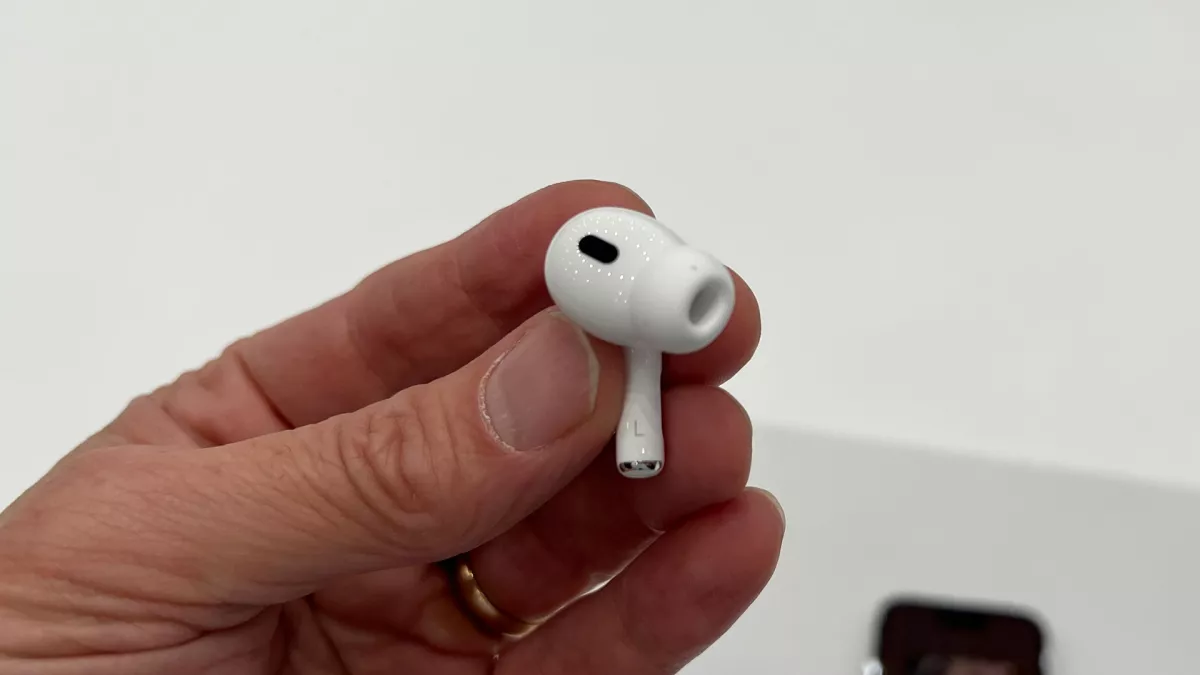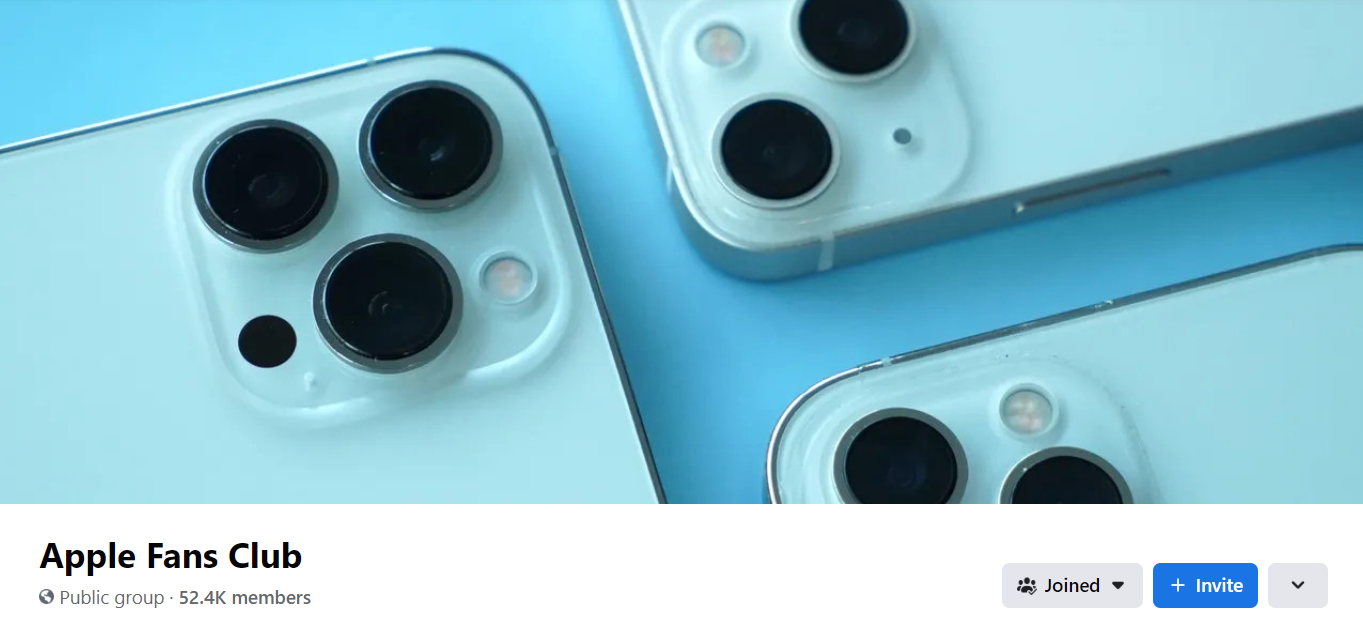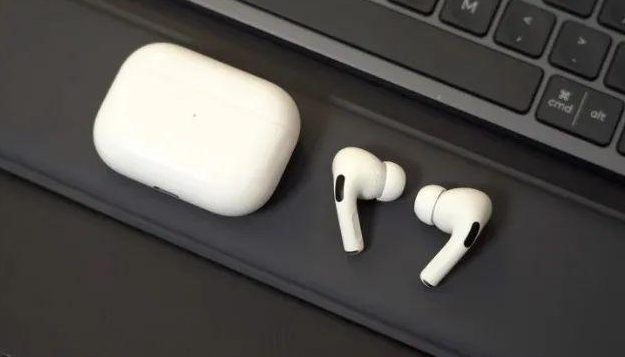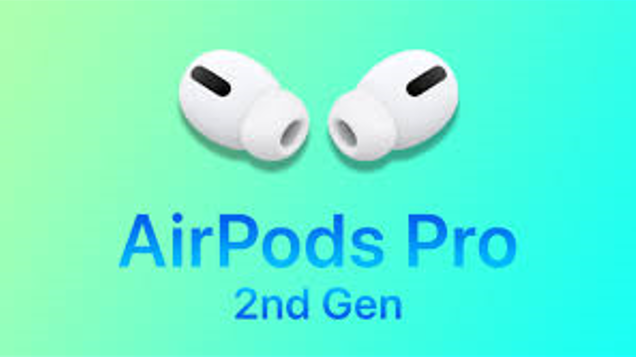Putting Apple’s new AirPods Pro 2 in the hands-on space of the Steve Jobs Theater at Apple’s Far Out event on September 7, I was eager to experience the 2x active noise cancellation that Apple promised. Even in that bustling space, I was amazed at how effective they were, thanks largely to Apple’s new H2 chip.
Apple’s chips, which some might think started with the iPhone and its custom A-series chips, have expanded to include Macs and tablets running its M-series processors — but the H2’s predecessor appeared in the original In the form of the H1 chip in the AirPods Pros, it actually predates the concept of Apple Silicon (like the original A-series).
Now, though, whatever SoC development knowledge Apple gained from building the M1 lineup seems to inform the processors in all Apple devices.
If there’s one hallmark of all Apple Silicon, it’s efficiency, and for the new H2 processor Apple achieved new heights by cramming double the number of transistors – there are now over one billion – inside the chip.
The most obvious result is the AirPods Pro 2’s touted 6-hour battery life (30 hours total with the redesigned charging case). However, this figure comes with the more powerful Active Noise Cancellation (ANC) turned on. Turn it off, and that figure is reported to be a whopping 7 hours for the buds and 35 hours for the case.

AirPods Pro gains
It’s not just power management, though — the H2 chip’s new architecture lags behind most, if not all, of the performance gains Apple touts in the AirPods Pro 2.
There is more memory on board, which gives the chip the bandwidth to handle larger audio models. In practice, this means it can interpret a wider variety of noise sources faster and better know how to deal with them on the fly.
An example might be how the AirPods Pro 2 handle harsh noises in adaptive transparency mode. Transparency mode, which brings in real-world sound through the buds’ mics, which I experienced in some brief demos, and later through more causal, real-world use, it’s impressive in clarity and fidelity, but The H2’s quick handling can also, obviously, stay ahead of louder external noises like sirens and motorcycles. To be clear, this doesn’t predict loud noise, but the response time is likely fast enough to keep noise at 90db or above 85db as they enter your ears through the AirPods Pro 2.
Of course, no one is wearing their buds all the time, and it’s unlikely that they’ll be in your ears when your neighbor decides to power up their gas-powered leaf blower. A more realistic scenario might be wearing the AirPods Pro 2 during a concert to keep the sound below ear-ringing levels.
Sound management is not just about loud noises. Apple has optimized the processor’s algorithms for noisy spaces like restaurants and offices, and of course it did do some work in hardware to support those. The inward-facing microphone has been repositioned to improve the way it picks up ambient noise, helping the H2 chip better understand what the noise is and process accordingly. There are also new beamforming microphones that can help reduce wind and outside noise, leaving only your voice during calls.
Whatever claims Apple makes during its demo, my experience with the AirPods Pro 2 so far largely backs them up, and the powerful noise cancellation is likely due to a good seal (small tip at the end!) and the H2 chip of processing power.
Despite hardware changes, including a new H2 chip, updated microphones, and new volume gesture controls on the stem, Apple didn’t make the AirPods Pro 2 bigger or heavier than their predecessors. In fact, they look almost identical.
The charging case also looks unchanged, but it adds two or three grams, presumably to accommodate new features such as speakers, and you can use Apple’s Find My app to help locate a missing case (the box light will also flash to provide help) in positioning work).
Sadly, this more powerful case also can’t charge the previous-generation AirPods Pro — but I don’t think you can have it all.
Read more articles: https://www.facebook.com/RedTomElectronics/
If you have more ideas to discuss with us, welcome to join our Apple Fans Club on Facebook.






